Laparoscopic Acid Reflux
(Gastroesophageal) Surgery
Any time that you eat, the food moves down your throat and then through your esophagus and into your stomach. The esophagus at its lower end, features a tiny circle of muscle that is called the lower esophageal sphincter, or the LES. This performs as a single way valve, it allows the food to move into the stomach. Generally, the LES will close directly after swallowing so that will be no regurgitation of stomach acids and liquids The juices in your stomach have a very high acidic content, and when the Lower esophageal sphincter is not working right the acid will flow back up and cause a burning sensation in the esophagus. This can irritate and inflame, eventually leading to severe damage of the esophagus. GERD usually happens when the lower esophageal sphincter does not work the way it should and lets acid flow back up causing a burning sensation in the lower esophagus.
There are some people who may be born with a weakened sphincter. However for most with this condition, a combination of spicy food, alcoholic beverages, smoking and even vigorous exercise may cause relaxation of the sphincter, causing reflux to occur.
What is Gastroesophageal Reflux Disease?
Often we will hear the term “heartburn” being used to identify myriad digestive problems, however in medical terms, what is actually occurring are symptoms of gastroesophageal reflux disease or GERD. When experiencing this condition, stomach acids reflux into the esophagus. Heartburn is most often described as a strong burning feeling between your ribs to just below your neck. The majority of adults in the United States have experienced this condition at least once. The problems arise when it becomes a chronic condition. With this condition, patients often have several other complaints, including but not limited to difficulty swallowing, vomiting and a chronic cough.
What to Expect During Surgery
When a patient does not do well with the usual treatments of lifestyle changes and OTC medications, or the ones who must constantly depend on medicines to manage their symptoms are candidates for laparoscopic surgery
Surgery for the treatment of GERD is called laparoscopic gastroesophageal surgery. The procedures work to reinforce the sphincter by putting the upper stomach region in a place to surround the esophagus. The abdominal cavity is inflated, allowing the entire procedure to be performed “inside” the abdomen. In this procedure, which is done under general anesthesia, Dr. Otah will utilize tiny incisions called trocars, to enter the abdominal cavity using cannulas. These are tiny instruments resembling tubes that are attached to micro cameras are the reason the laparoscopic procedures are so effective.
Recovering From Laparoscopic Gastroesophageal Surgery
This procedure has a much shorter recovery time than more invasive procedures. Patients can immediately engage in light activity once released, it is actually greatly encouraged for them to do so. No acid reflux medications are usually needed following this procedure, though Dr. Otah may recommend a special diet immediately following the surgery.
Possible Risks/Complications
For most patients this operation is thought to be very safe, although complications have been known to happen with any operation.
Complications might include but are not limited to:
- negative response to general anesthesia
- bleeding
- injury to the stomach, the esophagus or other internal organs
- infection
The Benefits of Laparoscopic Gastroesophageal Surgery
The benefits of having the laparoscopic procedure are that it usually means:
- less pain after the procedure
- reduced hospital stay
- a faster return to work
- improved aesthetic result
If you have been told by your general practitioner that you may need to schedule anti-reflux surgery, the Center for General & Laparoscopic Surgery is here to help. Contact us today to schedule your appointment.

